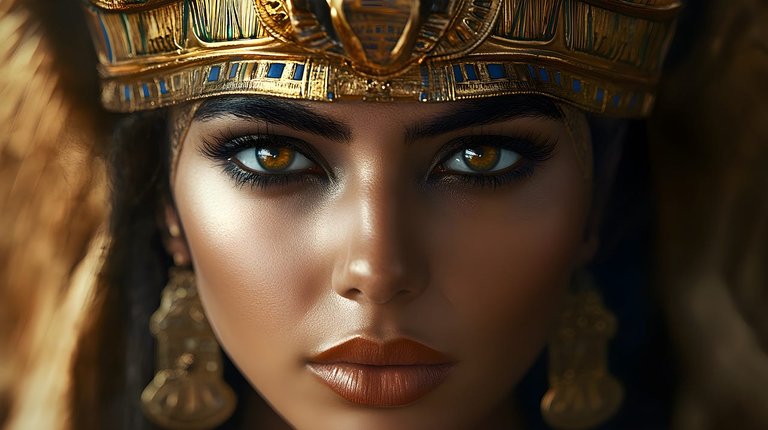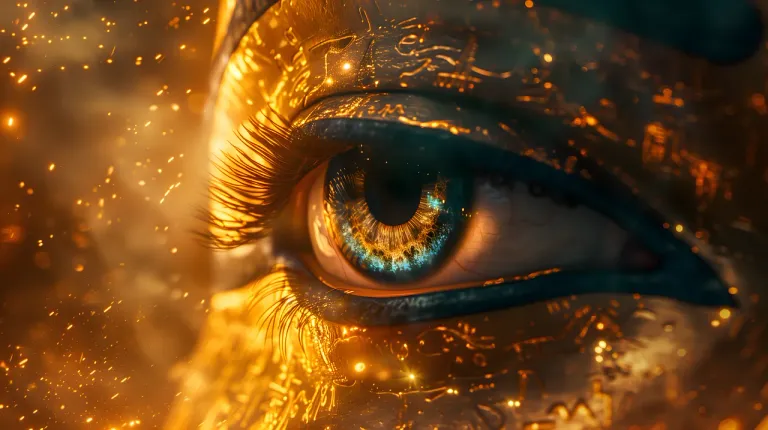The Mysterious Queen Puabi: Secrets of an Ancient Sumerian Legacy

Beneath the Dust of Time
In the ancient ruins of Ur, one of the oldest cities known to humanity, archaeologists uncovered a tomb so rich, so elaborate, and so strange that it defied everything they thought they knew about early civilizations. The tomb belonged not to a king, not to a warlord, but to a woman—Queen Puabi.
Unlike other ancient burials, her grave was untouched by looters, sealed for over 4,000 years. When it was opened, the secrets of a powerful, perhaps otherworldly figure were brought back into the light. Who was Queen Puabi? Why was she buried with such immense wealth? And why does her story still baffle historians, geneticists, and even those who look to the stars for answers?
A Name That Echoes Through Time
Queen Puabi lived around 2600 BCE in the city of Ur, in what is today southern Iraq. At the time, Sumer was a thriving civilization—the cradle of writing, agriculture, law, and astronomy. Among these early urban wonders, Puabi rose as a figure of tremendous importance.
She is often referred to as “Queen,” though her official title—written in cuneiform on the cylinder seal found in her tomb—was “Nin,” a Sumerian word for “Lady” or “High Priestess.” But what makes Puabi’s title stand out is that she was named without reference to a husband or king. In a time when women were rarely seen as rulers in their own right, Puabi ruled alone. Her power was her own.
The Royal Tomb of Puabi
In the 1920s, British archaeologist Sir Leonard Woolley excavated the Royal Cemetery of Ur. What he found stunned the world. Among the 16 tombs labeled as “royal,” Puabi’s burial was the most extraordinary. Her body lay adorned in gold, silver, lapis lazuli, and carnelian. A stunning gold headdress covered her hair, draping down with intricate floral patterns. Her jewelry rivaled that of later Egyptian queens.
But it wasn’t just the wealth. Surrounding Puabi were the remains of 52 attendants—men and women, musicians and guards, all seemingly sacrificed to follow her into the afterlife. Many were found with cups beside them, suggesting they drank poison willingly. This mass ritual burial is one of the most macabre and mysterious events in ancient history.
What kind of woman commanded such devotion? And what kind of culture permitted such an act?
Non-Human Features
Perhaps the most compelling layer to Puabi’s mystery emerged much later, when scientists examined her skull. Photographs and measurements of her remains, taken during the excavation, show a skull that many researchers claim is unusually large, possibly indicating a higher cranial capacity than a typical human.
This has led some theorists to suggest that Puabi may not have been entirely human. Others point to depictions of Sumerian gods and royalty, often shown with unusually large eyes, elongated heads, and unique body proportions.
Was Puabi a descendant of the gods? Or perhaps the gods themselves?
The Genetic Question
In the early 2000s, there were calls from independent researchers and alternative historians to test the DNA of Queen Puabi’s remains. The goal: to determine if her lineage differed from the rest of the Sumerian population.
However, the tests were never publicly confirmed. Some claim the permissions were denied. Others suggest the results were never released to the public. Why such secrecy? If Queen Puabi was simply a powerful noblewoman, why protect the genetic results? Unless, of course, they revealed something extraordinary—something not entirely human. This has fueled speculation that Puabi may have been a hybrid being—part human, part Anunnaki. The Anunnaki were the so-called “gods” of Sumer, said to have descended from the sky to teach and rule over humanity. According to ancient texts like the Enuma Elish, these beings shaped humanity and appointed rulers to act in their name.
Was Puabi one of them?
Symbols, Stars, and Power
Sumerian mythology is rich with tales of divine birth, celestial wisdom, and bloodlines tied to the heavens. Priests and priestesses were often chosen for their purity and spiritual connection, believed to carry the blood of the gods. Puabi was not just a ruler—she was a priestess. Her cylinder seal shows her seated on a throne, attended by servants, in a pose that mirrors depictions of the goddess Inanna. Her headdress, jewelry, and burial style all suggest a figure who held both divine and temporal power.
She may not have been worshipped as a goddess, but she was certainly treated like one in death.
Buried Knowledge
Many artifacts from Puabi’s tomb are now housed in museums around the world. Yet many remain in storage, unstudied or locked away. Her skull, which could hold genetic and anatomical clues, has vanished from public view.
The silence surrounding further study into Queen Puabi is deafening. For such a historically significant figure, the lack of mainstream coverage is striking. Could the true origins of her lineage and status disrupt the accepted version of human history?
Or perhaps… reveal we are not the first advanced beings to walk this Earth?
A Queen of Two Worlds
Queen Puabi remains one of the most enigmatic figures in the ancient world. Was she a divine priestess, a political genius, or something far more mysterious? Her wealth, her burial, and her unique status in Sumerian society suggest that she was more than royalty—she was a symbol of something lost to time. Whether she was a hybrid of gods and humans, a representative of the Anunnaki, or simply a woman whose power and mystery still outshine the dust of history, Puabi’s story refuses to fade.
The past has not finished telling its secrets. And the tomb of Queen Puabi is still whispering.
Posted by Waivio guest: @waivio_cosmicsecrets
